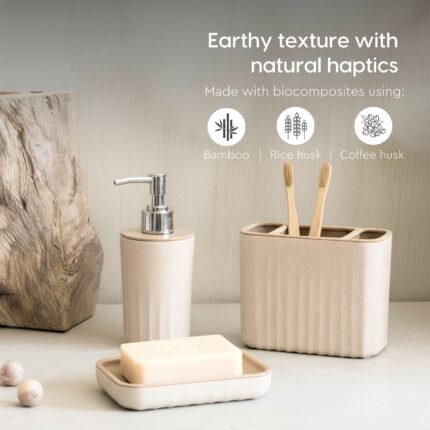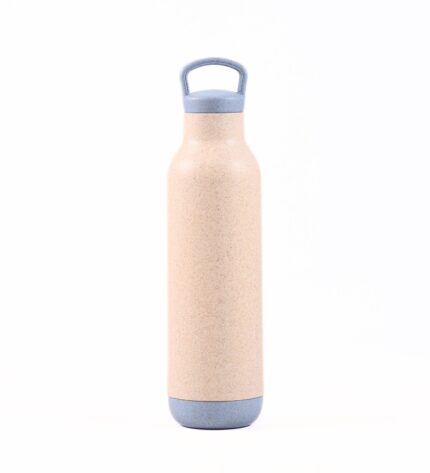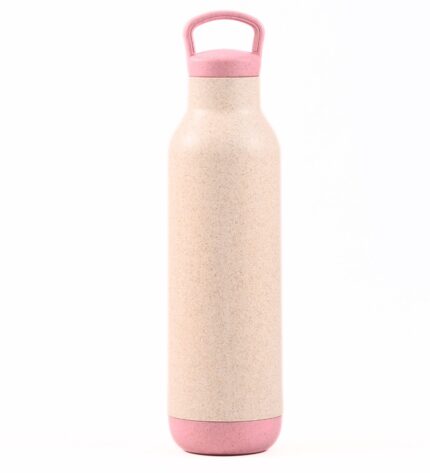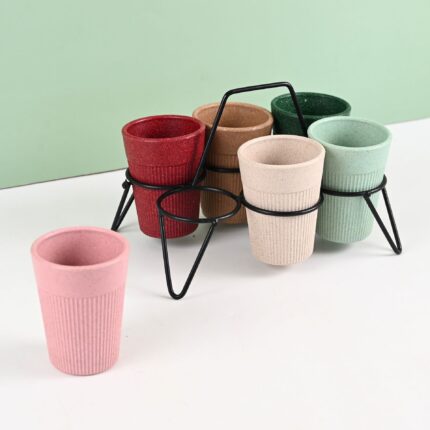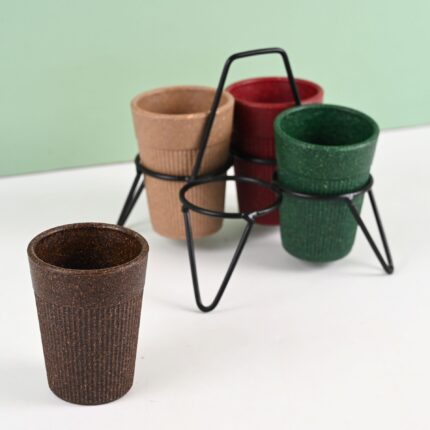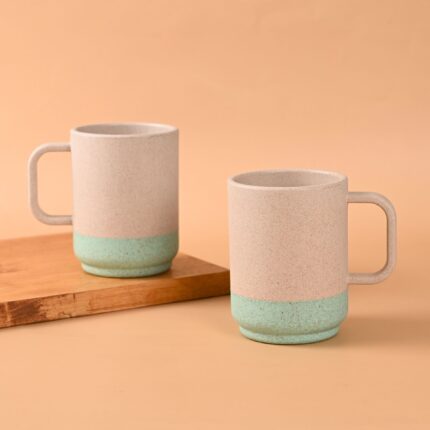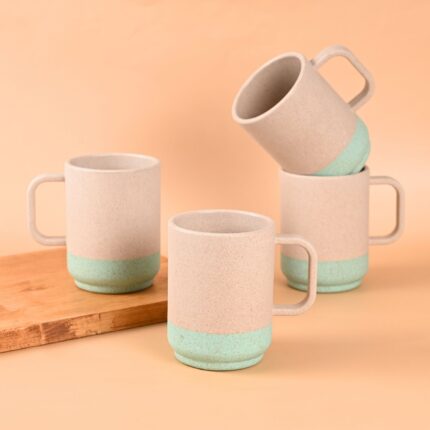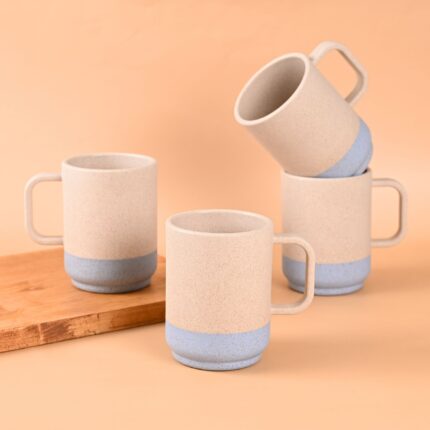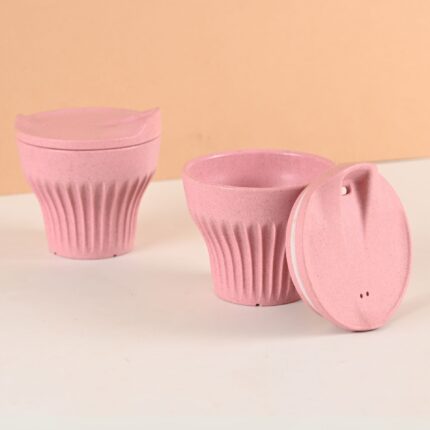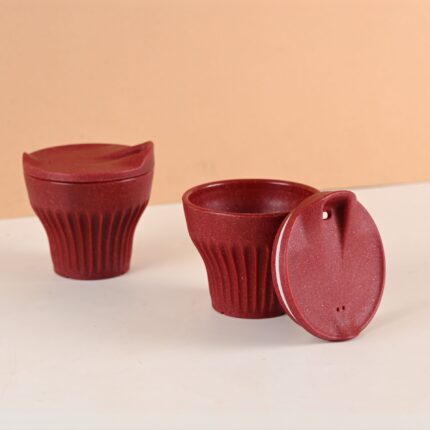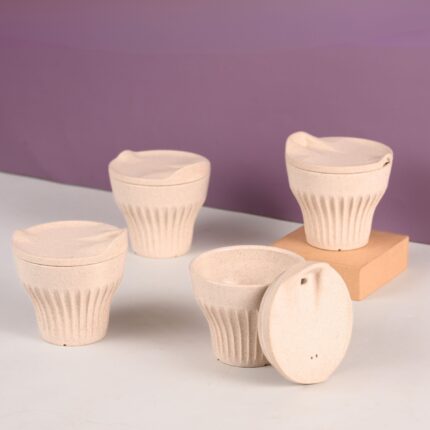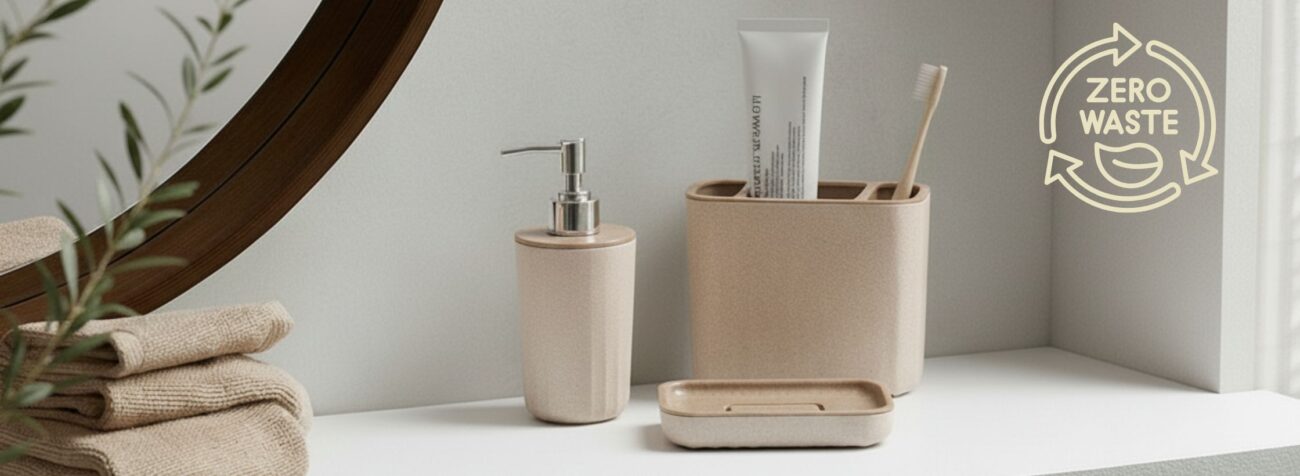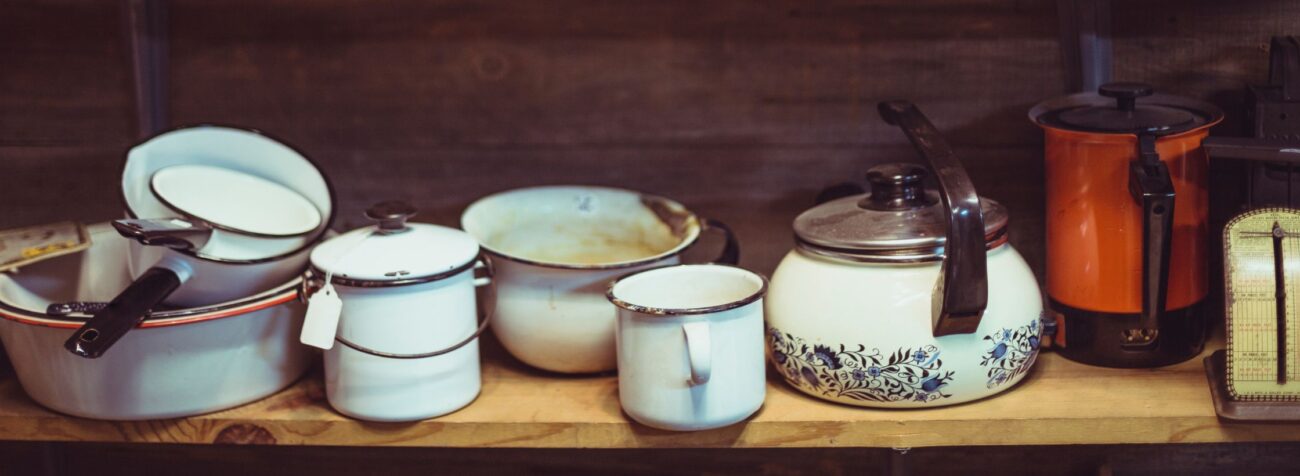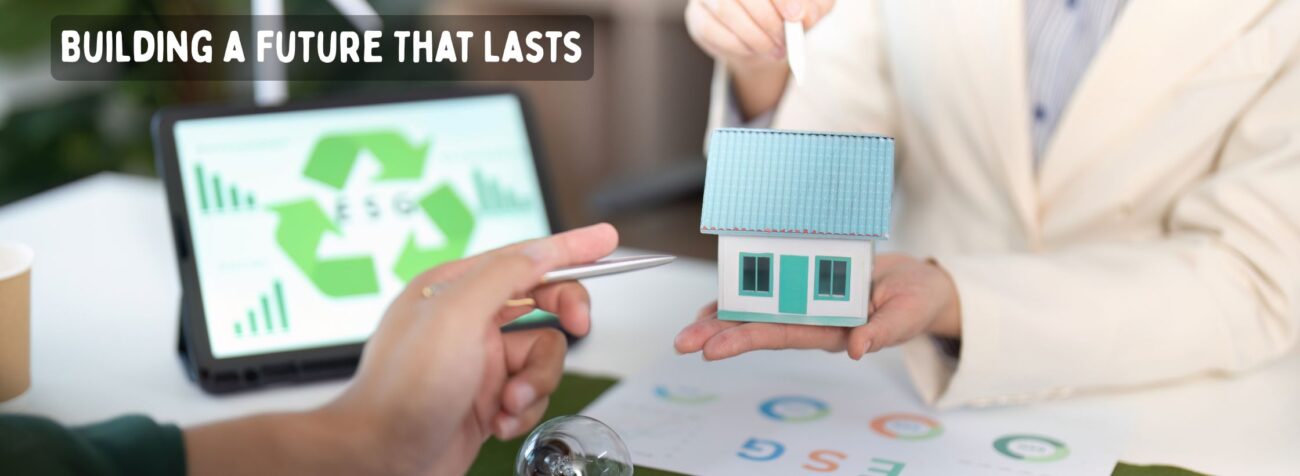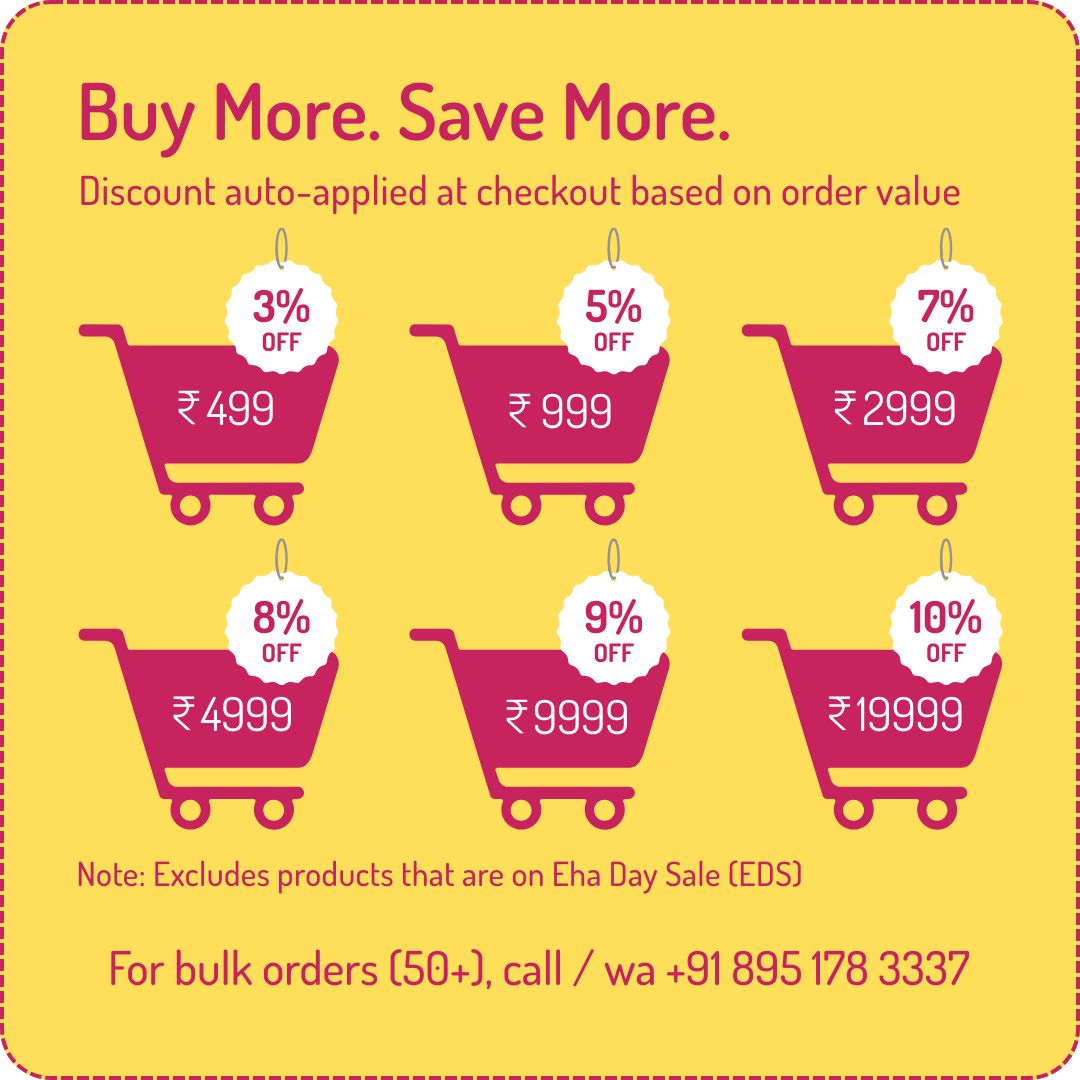Why Are My ‘Eco Friendly’ Products Still Ending Up in the Trash?

Why Are My 'Eco Friendly' Products Still Ending Up in the Trash?
Eco Friendly Products often fail to deliver their real purpose when they’re not designed to last or backed by genuine sustainable materials.
Most people don’t like admitting it, but a lot of us have been there. You buy a set of eco friendly products, feel great for a week, and then suddenly one of them cracks, molds, stains, or becomes unusable. And then you’re standing over the bin thinking, “Wait… wasn’t this supposed to reduce waste?” It’s frustrating, honestly.
Customers tell us they feel guilty—like they tried to make the right choice and still somehow messed up. Others worry that brands are overpromising. Some even ask if greenwashing in products is way more common than we think. These are very real questions, and they deserve straight answers, not textbook jargon.
So let’s talk about why it happens, what to watch out for, and how to pick long lasting eco products that don’t end up in landfill two months after buying them.
Are Eco Friendly Products Failing You Because of Hidden Greenwashing?
A big reason things go wrong is greenwashing in products. Not every brand claiming to be “green,” “organic,” or “biodegradable” actually walks the talk. Some products look eco only because the label says so, not because the materials or construction hold up in real homes.
We once had a customer tell us about a “compostable” bowl she bought somewhere else that turned soft and soggy after a few uses. The packaging looked eco, the color looked eco, the claims sounded eco—but the performance? Not even close.
This is why we encourage people to look beyond slogans and check:
what the product is made of
how long it’s meant to last
whether the seller shares sourcing info
whether it’s built for real-world use, not just display
Not everything needs a certification, but everything should have clarity.
The Real Problem—Not All Eco Friendly Products Are Built to Last
A lot of “green” items are made cheaply to hit price points. But sustainability without durability is just wishful thinking. Short-life goods, even if made from natural materials, still create waste.
Here’s where long lasting eco products stand apart—they’re made to survive kitchens, office desks, school runs, spills, scratches, and the occasional clumsy drop. Think of:
steel tableware that doesn’t dent easily
stoneware cups and mugs that handle daily chai sessions
strong storage jars that don’t warp in heat
thick reusable bags that don’t rip after one grocery run
natural fibre planters that don’t crack in sun or leak after 3 months
Durability is a sustainability superpower. No debate there.
Why Some Eco Items Fail Long Before They Should
From what we see, most products end up trashed because of one of these:
1. Wrong material for the job
A bamboo mug for boiling-hot liquids? Not ideal. A jute basket for wet laundry? Also no. Materials matter.
2. Poor product construction
Some brands use good materials but weak stitching, light threads, or thin coatings.
3. Misuse simply because people didn’t know better
Eco goods aren’t always as forgiving as plastic. For example:
- natural-fibre baskets shouldn’t be kept directly on damp floors
- terracotta pots need curing
- wooden tableware must avoid long soaks
4. Greenwashing promises
When “biodegradable” means “after 12 industrial processes that don’t exist near your city,” that product isn’t helping you or the planet.
Choosing Long Lasting Eco Products Instead of Disposable “Eco” Trends
Let’s put it simply: sustainability is not about buying more eco friendly products—it’s about buying the right ones and buying fewer of them.
If you want your products to actually stay out of the trash, here’s what works:
Look for materials with real grit
- steel
- ceramic
- glass
- recycled cotton
- natural jute
- teakwood
- terracotta
- upcycled blends
These handle real life without giving up early.
Choose multipurpose designs
A mug that works for tea, coffee, soup.
A planter that fits indoor and outdoor corners.
Storage you can repurpose for stationery, snacks, craft tools.
The more ways you use an item, the more value you get from it.
Why Natural Fibre Planters Deserve a Special Mention
Our team is a little biased here, but natural fibre planters genuinely solve three problems at once:
- They reduce plastic in homes.
- They use materials like coconut coir or banana fibre—often waste that would otherwise be burned.
- They last longer than most people expect when used right.
One of our customers had a tiny balcony garden filled with plastic pots. Two summers later, half of them cracked from heat. She switched to natural fibre planters, and not one has failed so far. Sun, rain, winter—still going strong.
Staying Updated Makes a Huge Difference
Eco materials evolve fast—new biomaterials, upcycled blends, fair-trade supply chains, lower-carbon manufacturing. What was “sustainable” five years ago may not be the best option today.
That’s why we keep refreshing our advice and our product line. Whether it’s sturdy ceramic tableware, upcycled textiles, or natural fibre planters, we want to make sure what you buy stays out of the trash for as long as possible.
Final Thought: Sustainability Should Feel Practical, Not Stressful
If your eco friendly products keep ending up in the bin, don’t blame yourself. Blame poor design, bad materials, or simple greenwashing in products that looked better online than they behaved in your home.
Sustainability works best when products last—really last. And when they fit into your daily routine without demanding perfection.
The goal isn’t to buy more. It’s to buy smarter. And to choose long lasting eco products that stay in use—not in landfills.
Visit eha’s range of sustainable drinkware products to choose, made with biocomposite materials using crop-waste such as rice husk, bamboo fibers and coffee husk.
If you are looking at developing new range of earth friendly storage speak to experts at Mynusco.








